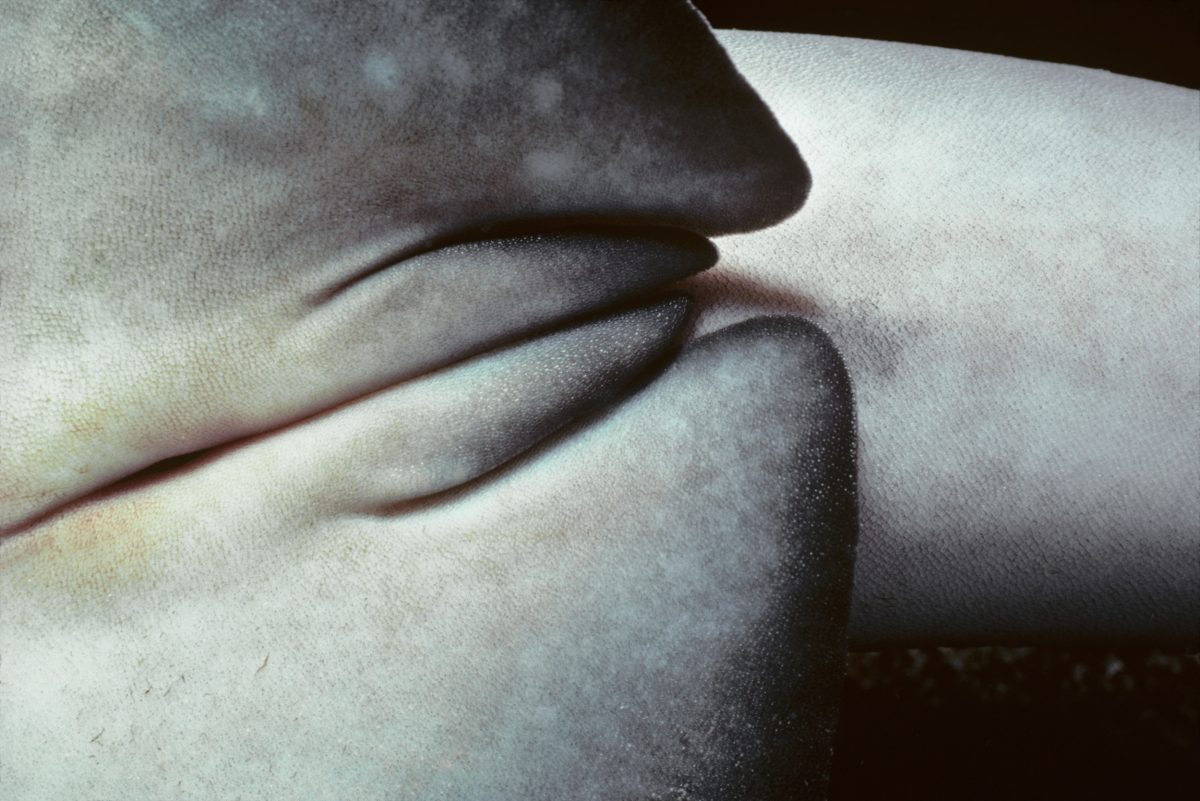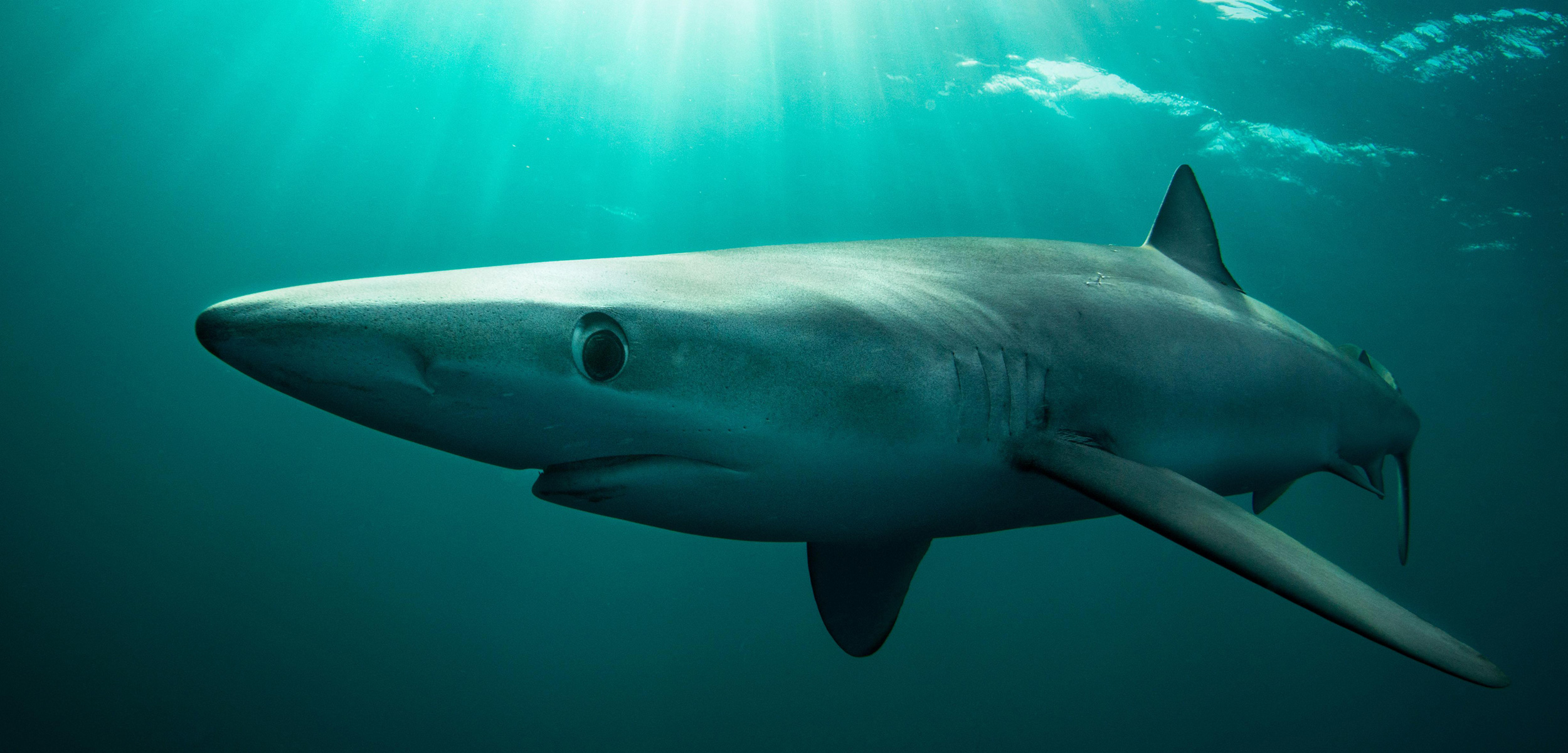Rare Intersex Shark the First of Its Kind
The shark, discovered in Taiwan, has a complete set of male and female sexual organs.
Article body copy
Many fish are switch-hitters: they have the ability to change from male to female, or vice versa, when it’s convenient for reproduction. Not so for sharks and rays, which develop either male or female organs before birth. But off the coast of Taiwan, fishers discovered a shark with a fully developed set of male and female reproductive organs. The animal is one of only a handful of such sharks ever documented, and the first of its species.
Intersex sharks are incredibly rare, says Carl Meyer, a marine biologist at the University of Hawai‘i. “I’ve caught literally thousands of sharks myself, and I’ve never seen [one],” he says.
The 50-centimeter-long Pacific spadenose shark was caught in a fishing trawl in the southern Taiwan Strait, and landed at Xiamen, China, in January 2017. Externally, the shark appeared to be an adult male, with a fully developed pair of claspers—penis-like appendages that extend from the pelvic fin. When the shark was examined internally, however, it was found to have a complete pair of ovotestes—gonads that contain both ovarian and testicular tissue—as well as both male and female reproductive tracts.
Further analysis by a team of scientists at Xiamen University uncovered viable germ cells of both sexes, meaning that the shark could have potentially functioned as either sex reproductively. Where intersexuality has been seen in elasmobranchs—sharks, rays, skates, and other cartilaginous fish—the different sex organs are usually only partially formed.
Sharks have bilateral symmetry, and some of their organs come in pairs: in normal development, they’ll have two claspers or two uteri, and a pair of ovaries or testes. In most cases of shark intersexuality, one side of the animal’s body has more developed male organs, while the other side has more developed female organs. In those cases, intersexuality can be spotted externally, because one of the claspers will be smaller or malformed. “Often, that’s the side that ends up having the female reproductive organs inside,” Meyer says.

Male sharks have a pair of matching claspers. In intersex sharks, these claspers will typically have varying degrees of development. Photo by Jeff Rotman/Alamy Stock Photo
It’s not clear whether intersex sharks are able to use both their male and female organs for reproduction. Researchers have never seen an intersex shark carrying a live embryo in its uterus, nor documented one impregnating a female in captivity, Meyer says.
However, there’s still much that’s not known about shark reproduction, says Chris Lowe, a marine biologist at California State University, Long Beach. For instance, in rare cases, elasmobranchs have been known to reproduce asexually.
“They can give birth without mating—like virgin birth,” says Lowe. “The question is: why?” Perhaps intersexuality is somehow related to this ability of some sharks to give birth to a clone, he suggests. “We just don’t know enough about shark biology to be able to answer those questions.”
Another question that jumps to mind is whether or not the intersex shark was human caused. A number of recent scientific studies have documented an increasing prevalence of intersex characteristics in fish in lakes in the United States, a phenomenon that could be linked to the presence of estrogen and other hormones in wastewater. But intersex fish are not tracked systematically. “Until these things get observed and reported, we don’t know how frequently they’re happening,” Lowe says.
“Environmental contamination is certainly not the only reason why this might happen every now and then,” Meyer says. “Purely genetic drivers could largely determine what happens during reproductive development. There could be a genetic miscoding that ends up with a rare intersex example in a species.”

